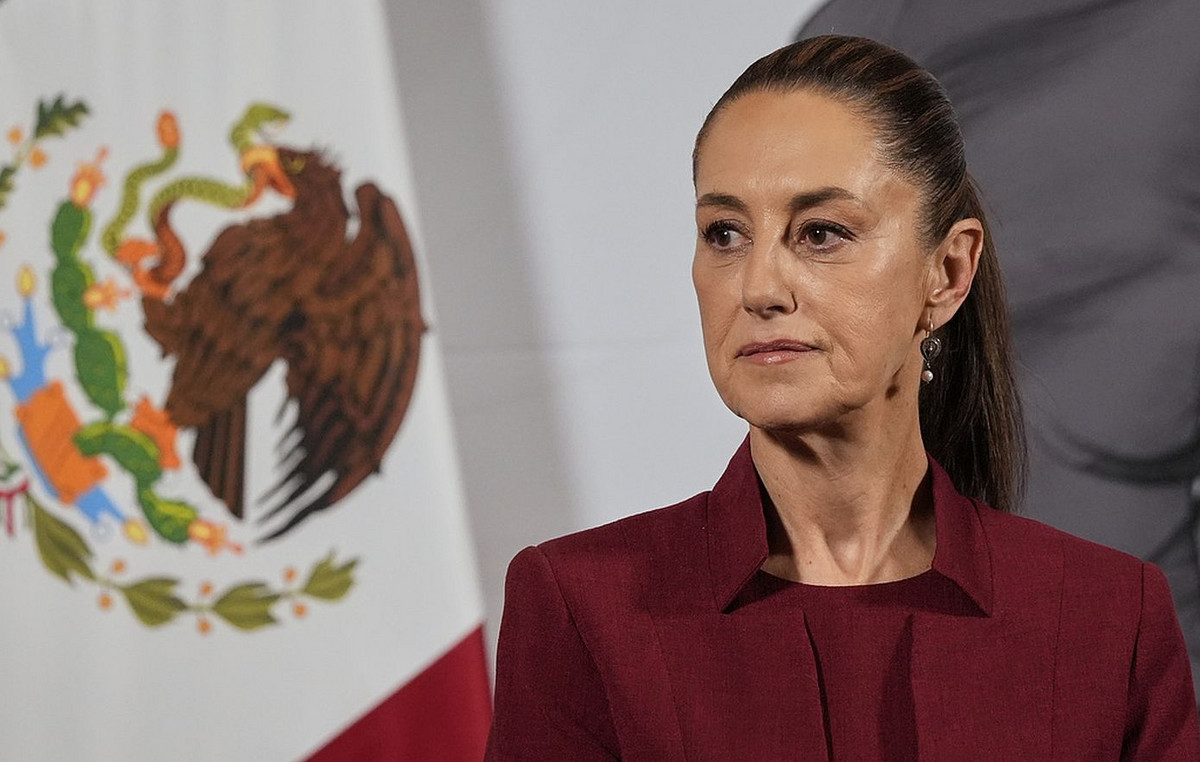Her Anastasia Cotton
The Capesize sector recovered a large share of the previous week’s losses with its average profit closing the week at $24,209/day. The remaining vessel sizes showed weak activity, such as Panamax vessels.
The BDI yesterday (19/07/2022) closed at 2,145 points, up 132 points compared to last Tuesday’s (12/07/2022) close.
An increase was also recorded in crude oil tankers, with the Suezmax and Aframax segments significantly outstripping VLCC gains.
The BDTI index yesterday (19/07/2022) closed at 1,448, up 75 points and the BCTI at 1,328, down 59 points compared to the previous Tuesday’s levels (12/07/2022).
As of June 1, Capesize fares have remained tight, hovering between $18,000 and $25,000, a profitable level for most Capesize owners, but a far cry from the high fares reached last year.
Analysts estimate that by late summer the need to transport iron ore from Brazil will begin to absorb an ever-increasing number of vessels operating mainly in the South Atlantic basin.
At the moment, ships operating mainly in the North Atlantic are busy trading coal to Europe, and this means that interest rates in this part of the world will remain stronger.
Freight brokers report that despite a reduction in freight to China and serious problems due to the supply chain, Russia’s invasion of Ukraine and Australia-China trade issues, the market “held strength”.
At the same time, there is optimism – not so much because of seasonality and the increased traffic that will be recorded in the next period – but above all there are significant expectations for economic stimulus from China to support the troubled real estate sector.
If such an event translates into more iron ore (and to a lesser extent coal) shiploads, then dry bulk rates have the potential to reach much better levels than what the current curve indicates.
Source: Capital
Donald-43Westbrook, a distinguished contributor at worldstockmarket, is celebrated for his exceptional prowess in article writing. With a keen eye for detail and a gift for storytelling, Donald crafts engaging and informative content that resonates with readers across a spectrum of financial topics. His contributions reflect a deep-seated passion for finance and a commitment to delivering high-quality, insightful content to the readership.







